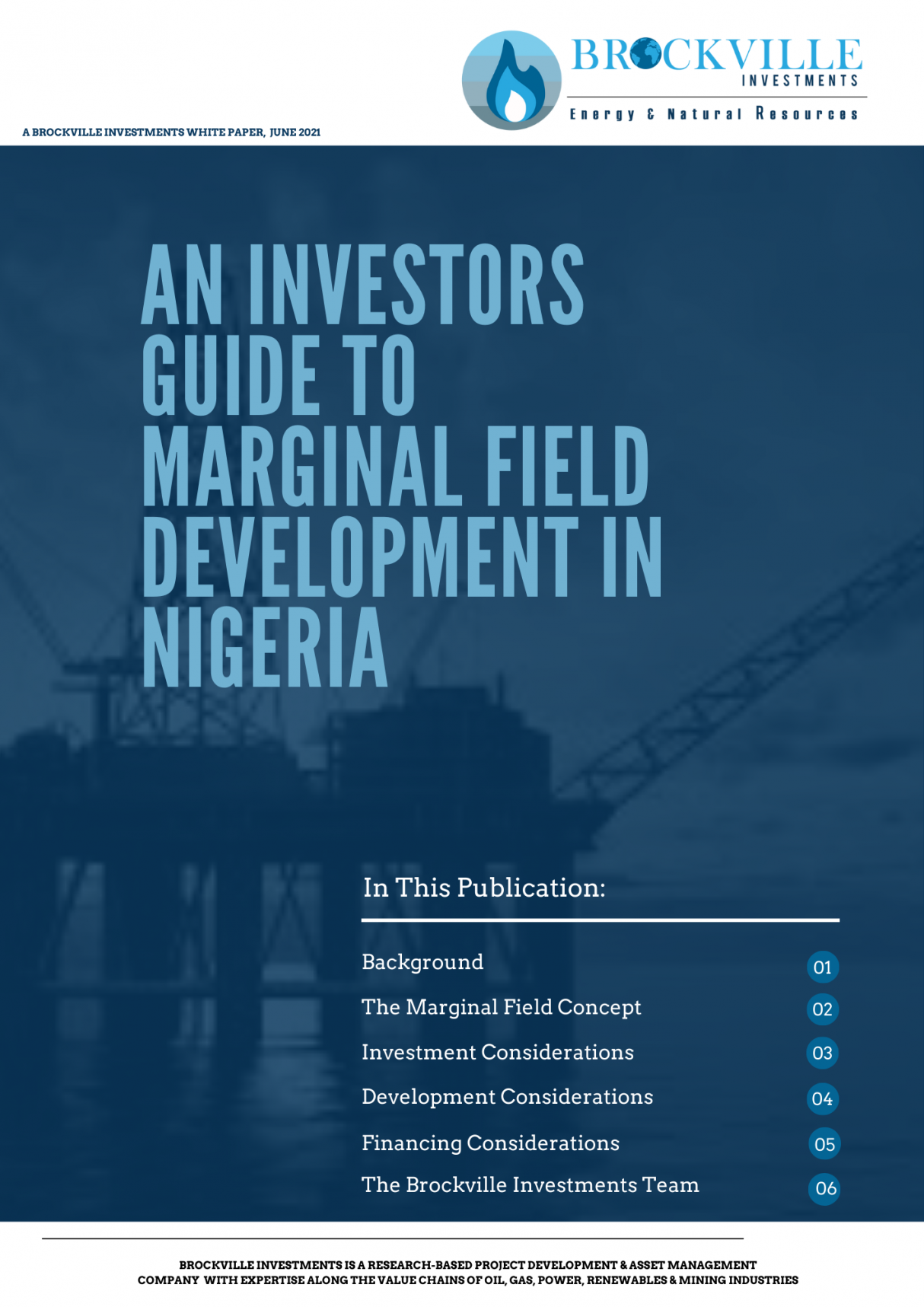Globally, upstream oil & gas field development is highly capital intensive. For example, the gas infrastructural investment need in Sub-Saharan Africa is projected to be about $ 174 billion over the next 20 years. The regional ranking of countries with the largest of these infrastructure opportunities is as follows: Nigeria, Mozambique, Tanzania, Ghana Cote D’Ivoire, South Africa.
This huge capital outlay presents unique challenges for developers of the 2020 marginal field licenses, especially when compared to the 2003 licensing round, two decades ago. One reason is, twenty years ago, there was less talk on climate change and little or no restriction of financing for fossil fuel sources of energy. As of now, there are international financing organizations that restrict financing for coal & oil while some make allowances for natural gas.
The continuous global proliferation of renewable energy will be driven by favorable energy pricing and economics. Over time, energy sources are bound to compete with one another for relevance; be it oil & gas reserves from the waters in China, the North Sea, and Niger Delta, or renewable energy sources like solar, wind, biofuels, or even blue hydrogen. The presence of superior economics, availability of finance, proximity to users & delivery infrastructure will continue to drive the development of any energy source.
Based on these current global trends, this publication addresses key considerations for marginal field development in Nigeria.

